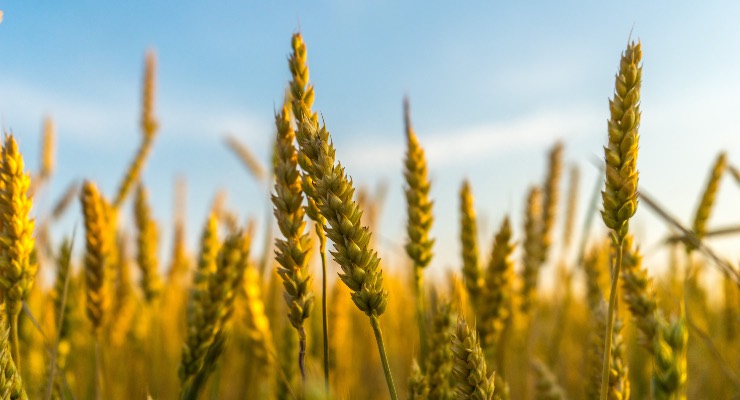
A Brief Introduction to the Many Varieties of Flour
It can be challenging to decide the sort of flour to use for your baking and culinary needs when there are so many different varieties available. The numerous types of flour, such as all-purpose, whole wheat, pastry and rye flours, are briefly explained in this page.
This page is a quick guide to learn about each variety of flour's regardless of whether you are an experienced baker or just getting started.
All Purpose Flour
All purpose flour is made from a blend of hard and soft wheat. It’s protein content is between 10-12%. All purpose flour is very versatile, and it can be used in a wide range of bake goods, like cakes, cookies, bread and pastries.
Whole Wheat Flour
Whole wheat flour is made from the entire wheat kernel, including the bran, germ and endosperm. It's protein content is between 12-15%. Whole wheat flour is a good source of fibre, vitamins and minerals, and is commonly used in making whole grain bread, pastas and other baked goods. Whole wheat flour has a slightly nutty flavor and a coarser texture than all-purpose flour, and it can make baked goods denser and heavier than those made with all-purpose flour.
Spelt Flour
Spelt flour is made from spelt, an ancient grain that is related to wheat. It's protein content is between 10-12%. Spelt flour has a nutty flavour and a slightly sweet taste, and commonly used in baking bread, muffins and other baked goods.

Bread Flour
Bread flour is made from hard wheat and is high in protein. It's protein content is between 12-15%. Bread flour is commonly and designed specifically for baking bread, such as making artisan breads, crusty loaves that require a strong gluten structure. It provides the gluten structure necessary for the dough to rise and hold its shape during baking.
Pastry Flour
Pastry flour is made from soft wheat and has a lower protein content than all purpose flour. It's protein content is between 8-10%. Pastry flour is commonly used in making delicate baked goods, such as cakes, pastries and pie crusts. It produces a tender crumb and a flaky texture in finished product. Pastry flour is a good substitute for all-purpose flour in recipes that require a lighter texture.
Cake Flour
Cake flour is made from soft wheat and is typically bleached, which helps to create a tender, fluffy texture. It is specifically designed for making cakes, as well as other delicate baked goods. It's protein content is between 8-9%. It is important to note that substitute cake flour with all purpose flour can result in a heavier, denser finished product. Cake four is very delicate and prone to clumping. It is important to store it in an airtight container to keep it fresh.
Rye Flour
Rye flour is made from rye grain. It has a unique flavour that is nutty, slightly sour and earthy. It's protein content is around 8-10%. Mostly, it is used for making rye bread, crackers and etc. It is important to note that rye flour does not contain gluten, which is the protein that helps to hold the baked goods together. This is why rye flour is often combined with wheat flour to create a dough that has the right texture and structure. Also, it has a distinct flavour that may not be to everyone's liking.


